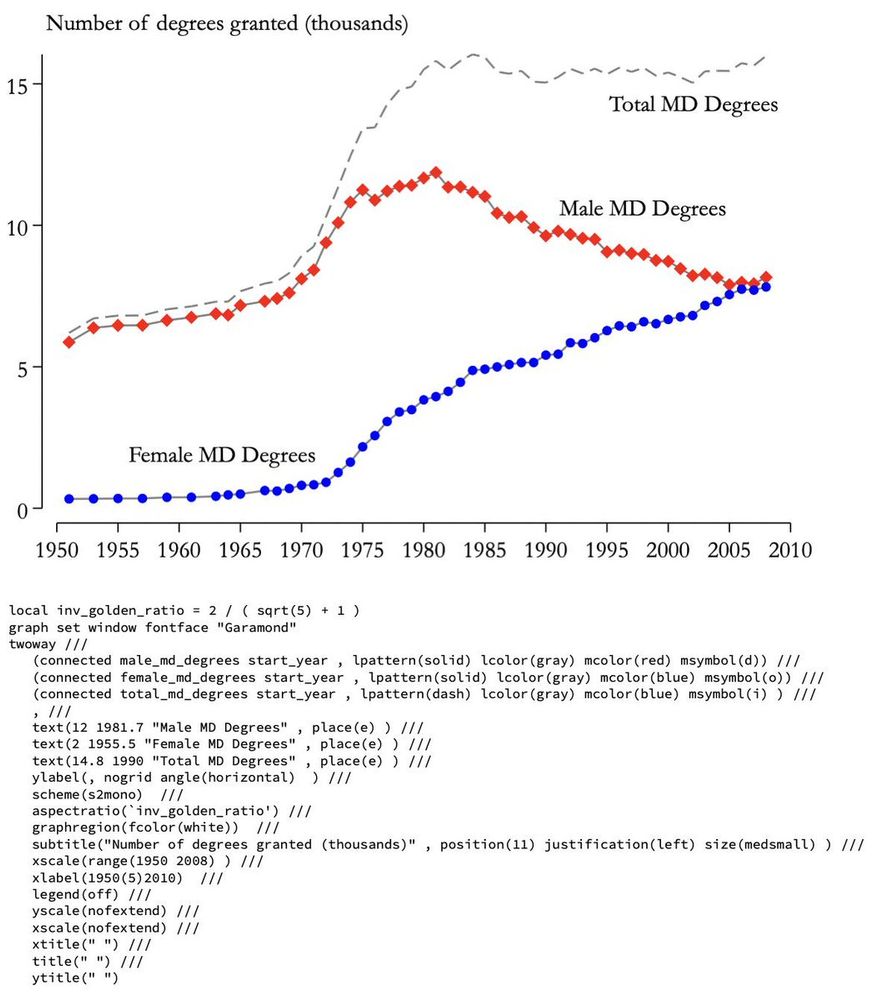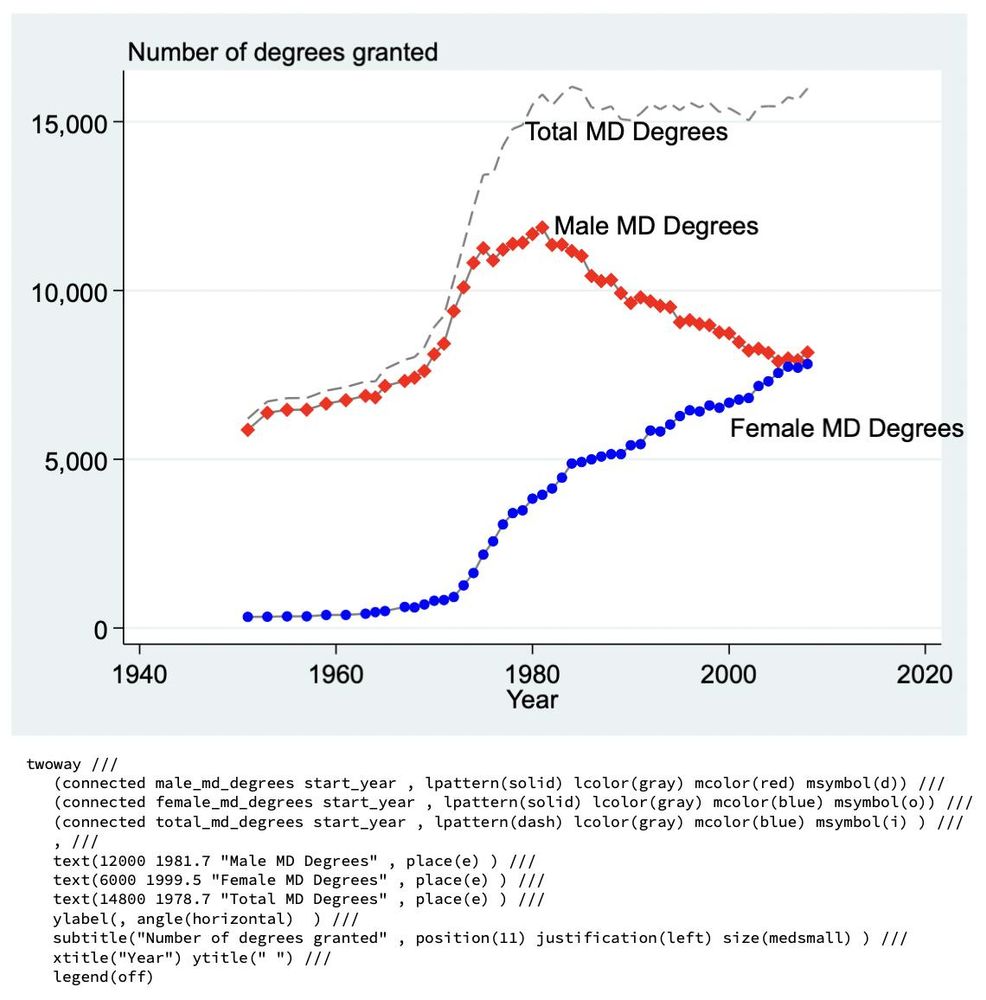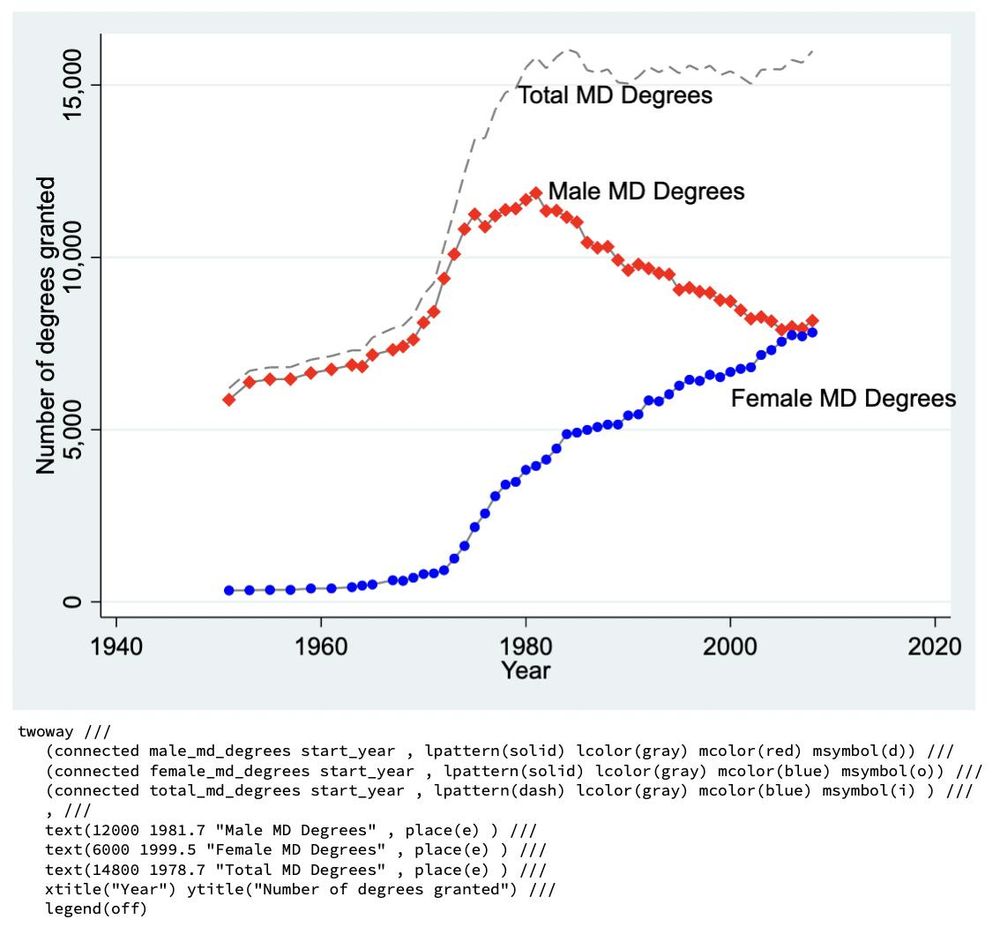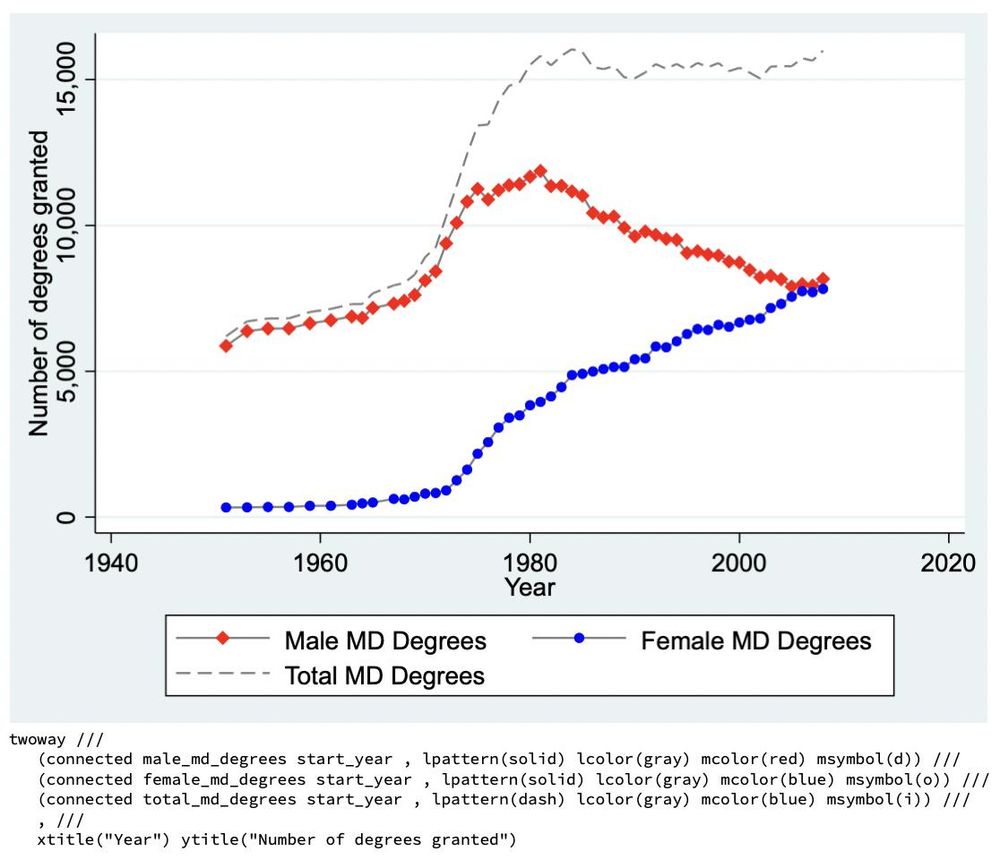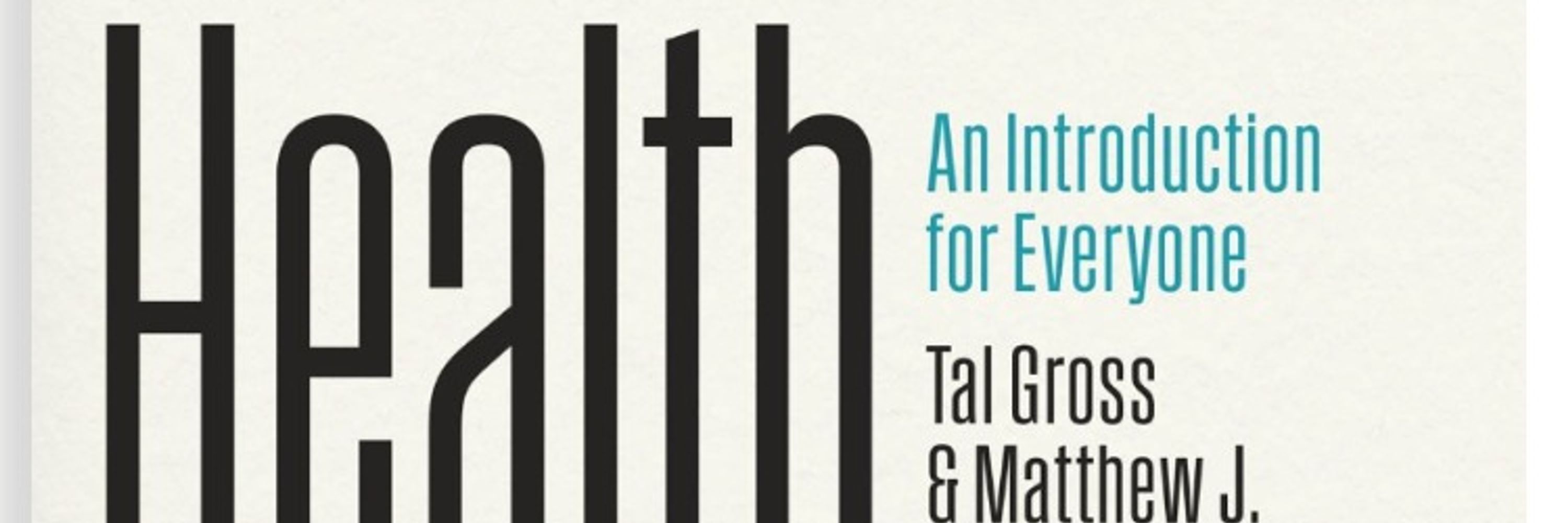
Those couples could capture most possible savings simply by picking a better plan together — no need to split.
Those couples could capture most possible savings simply by picking a better plan together — no need to split.
We estimate overspending by comparing what people do spend in their chosen plan to what they would spend in their cost-minimizing plan.
We estimate overspending by comparing what people do spend in their chosen plan to what they would spend in their cost-minimizing plan.
We study this using a regression-discontinuity design that exploits birth dates just before/after the new plans entered the market.

We study this using a regression-discontinuity design that exploits birth dates just before/after the new plans entered the market.
That’s a lot of money for what might just be administrative convenience.
That’s a lot of money for what might just be administrative convenience.

But no one has ever had the data to ask: What happens when you and your spouse both have to choose?
But no one has ever had the data to ask: What happens when you and your spouse both have to choose?
How does someone know which plan is the best for them?
How does someone know which plan is the best for them?


